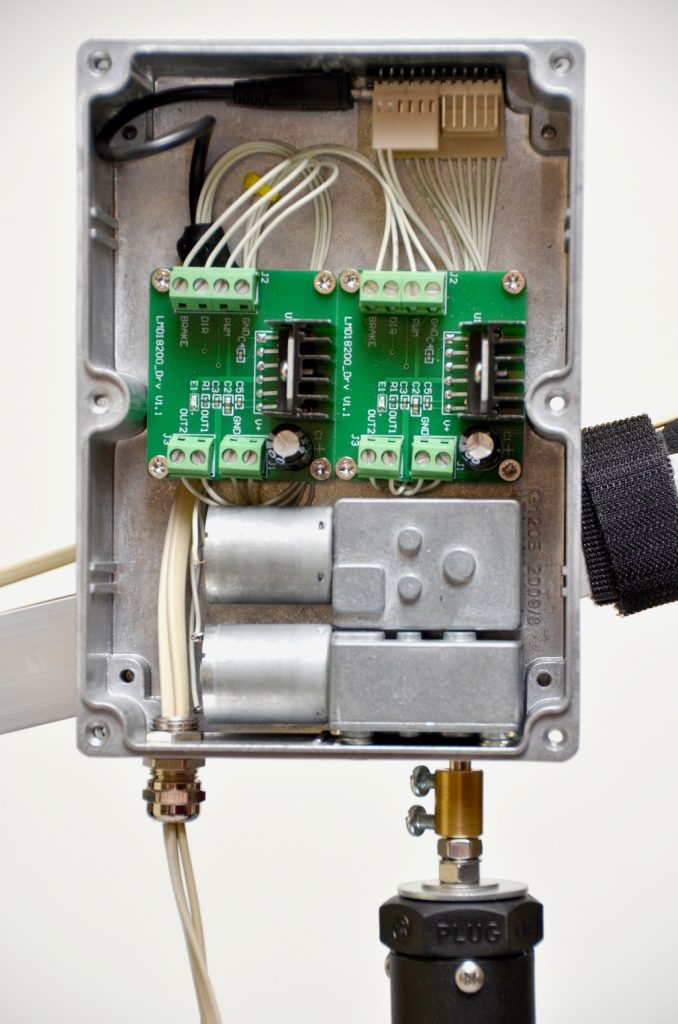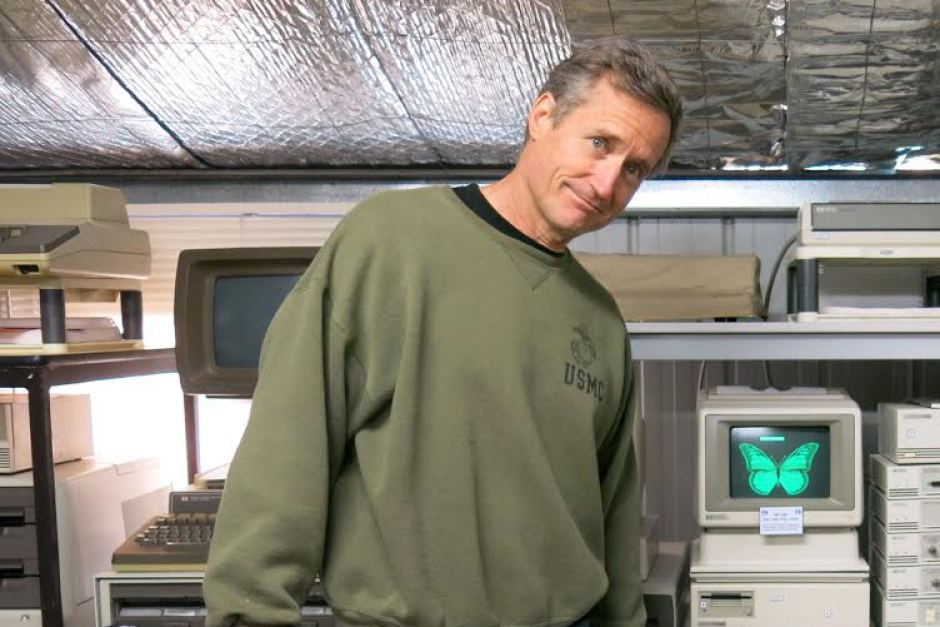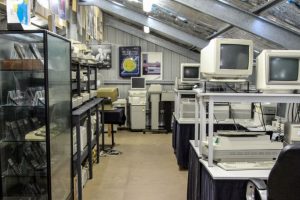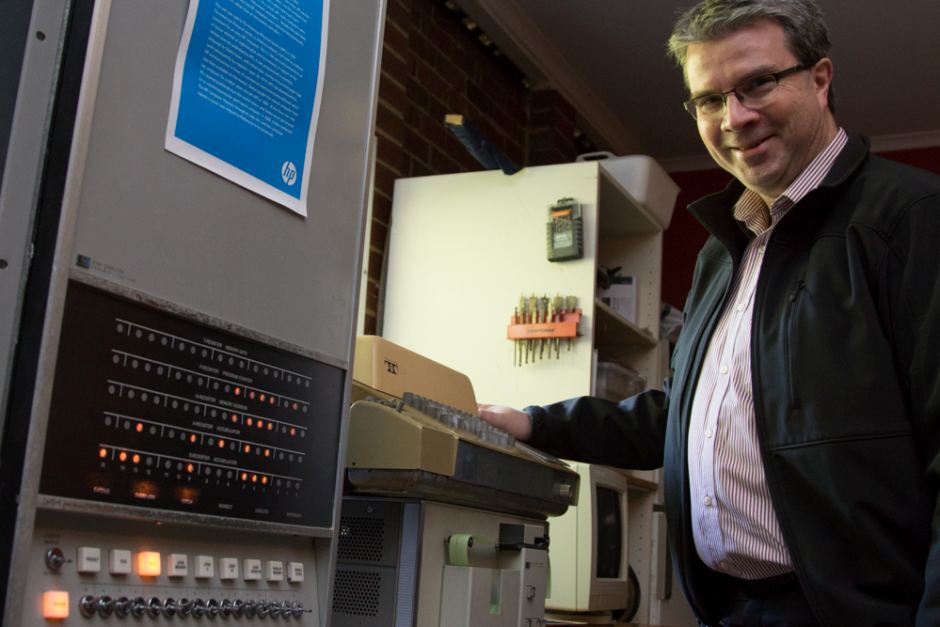
Via the WIA, original post here.
Date : 06 / 08 / 2016
Author : Roger Harrison – VK2ZRH
The WIA has lodged a submission with the Australian Communications and Media Authority (ACMA) concerning interest in an amateur allocation in the 70 MHz band. On 22 June 2016, the Australian Communications and Media Authority (ACMA) opened consultation on proposed updates to frequency plans for the 70.0-87.5 MHz and 148-174 MHz VHF bands, with a closing date of 1 August 2016.
You get little time to respond to government consultations these days. The ACMA is proposing to update its Radiocommunications Assignment and Licensing Instruction document, which covers these VHF bands, known as RALI MS 42.
As the WIA had signified interest in a 70 MHz amateur allocation to the ACMA back in July 2014, the Spectrum Strategy Committee decided that a submission to this consultation was in order, principally to flag the amateur radio community’s interest. Historically, the 70.0-87.5 MHz band has been used by commercial, community, government and defence communications services. However, the WIA has been aware for some time that interest in, and use of, 70.0-70.5 MHz has declined across Australia. There is also a Low Interference Potential (LIPD) band at 70–70.24375 MHz, with a maximum permitted power of 100 mW.
The WIA is pitching for use of an amateur allocation between 70 and 70.5 MHz that aligns with allocations across Region 1, which covers Europe, Russia, the Mediterranean, Middle East and Africa. These Region 1 allocations are widely known as the four metre band. The band 69.9 MHz – 70.5 MHz is listed in the “European Table of Frequency Allocations and Applications” as a secondary amateur allocation.
It remains to be seen whether the ACMA’s consultation round on RALI MS 42 will flush out renewed interest from other stakeholders. Whatever changes the ACMA decides to make to the RALI, there’s another step to go, with consultation on updating the Australian Radio Frequency Spectrum Plan (ARSP) to commence shortly. The ACMA reviews and revises the ARSP after each World Radiocommunications Conference. The last one was WRC-15, which concluded at the end of November last year.
The WIA submission to the ACMA’s consultation on RALI MS 42 can be viewed below.
ACMA – Proposed updates to RALI LM 2 and MS 42 Link
European Table of Frequency Allocations and Applications Link
The Four Metres Website Link
Related Files:
WIA submission re 70 MHz Update RALI MS 42
Appendix 1
Appendix 2


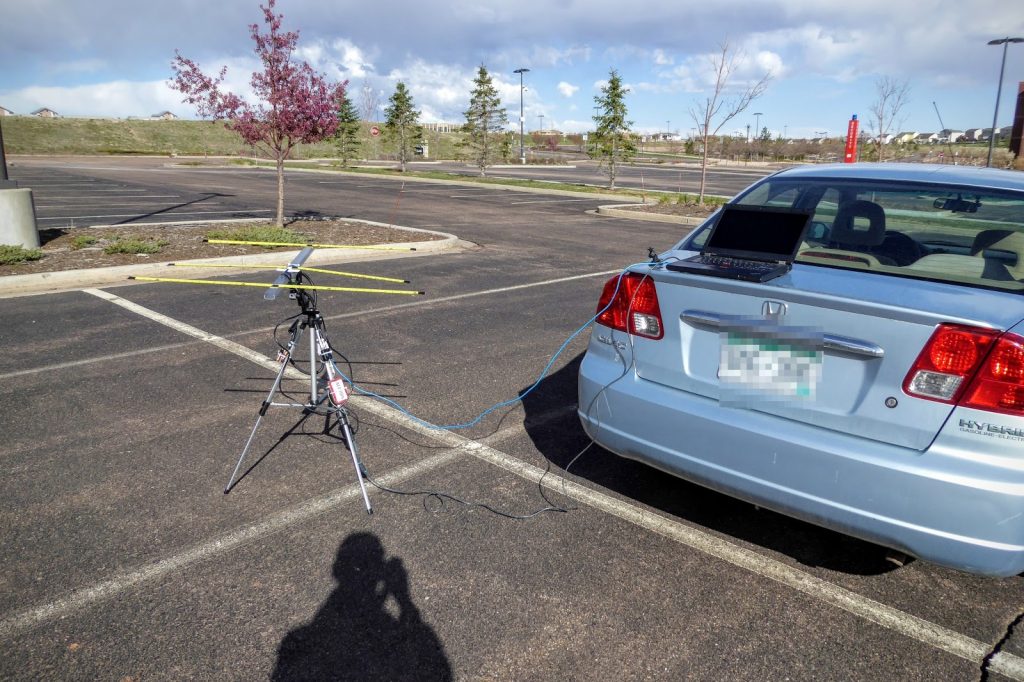
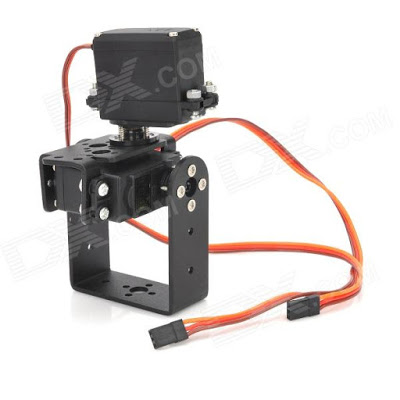
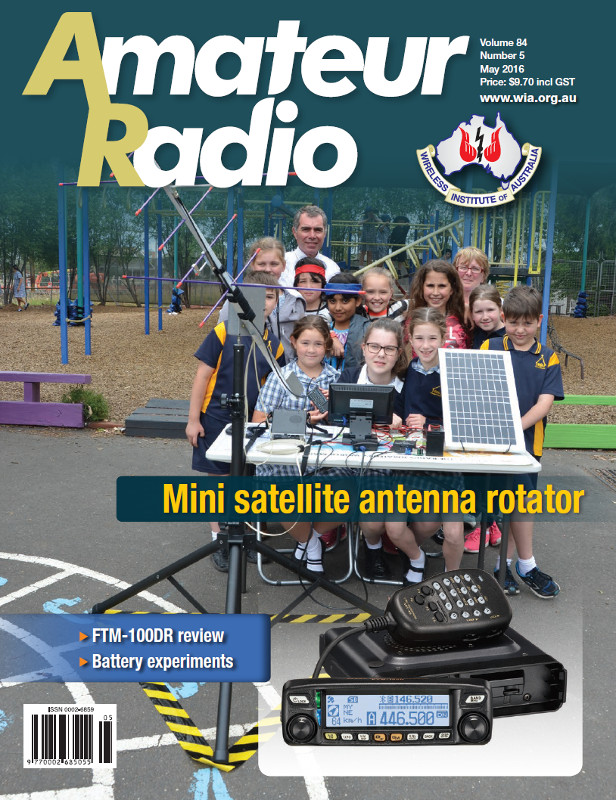 This design is from Julie VK3FOWL and Joe VK3YSP of the
This design is from Julie VK3FOWL and Joe VK3YSP of the 